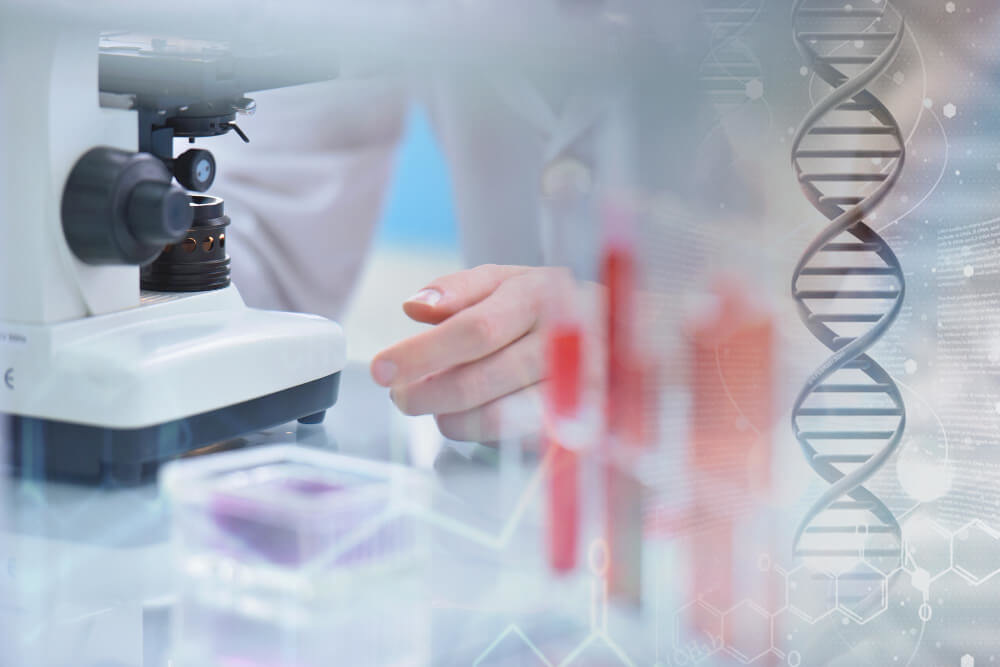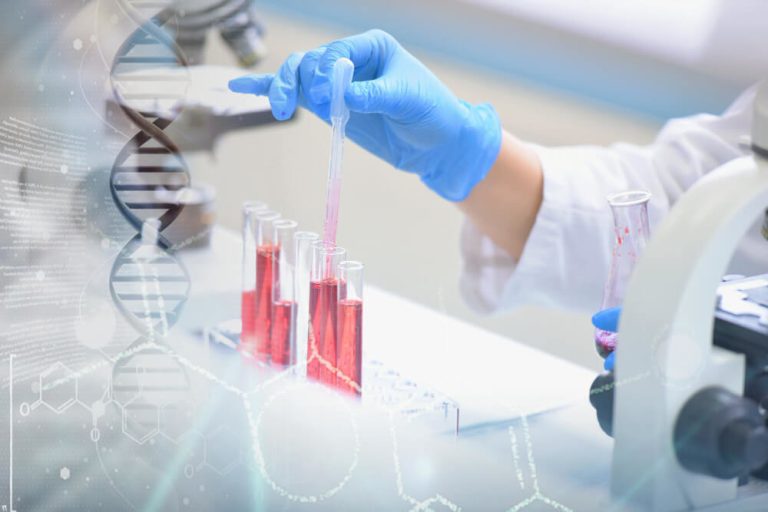Harnessing Your Hormones: The Ultimate Guide to Longevity and Training
What if aging wasn’t just about the number of candles on your cake, but about the vitality of your internal systems? For centuries, we’ve viewed aging as an inevitable decline. But modern science reveals a different story, one where we have significant influence over the pace and quality of our own aging process.
The secret lies deep within our biology, in the complex and elegant system of hormones. These powerful chemical messengers act as the body’s internal communication network, dictating everything from our energy levels and mood to our muscle mass and metabolism. As we age, the production and balance of these critical hormones begin to shift, driving many of the changes we associate with getting older.
This is where a proactive strategy becomes essential. By understanding these hormonal shifts, we can use targeted lifestyle interventions, particularly specific types of exercise, to support and optimize our endocrine system. This powerful approach is the foundation of longevity and hormone training, a methodology designed not just to extend lifespan, but to enhance healthspan, ensuring those extra years are lived with strength and vitality.
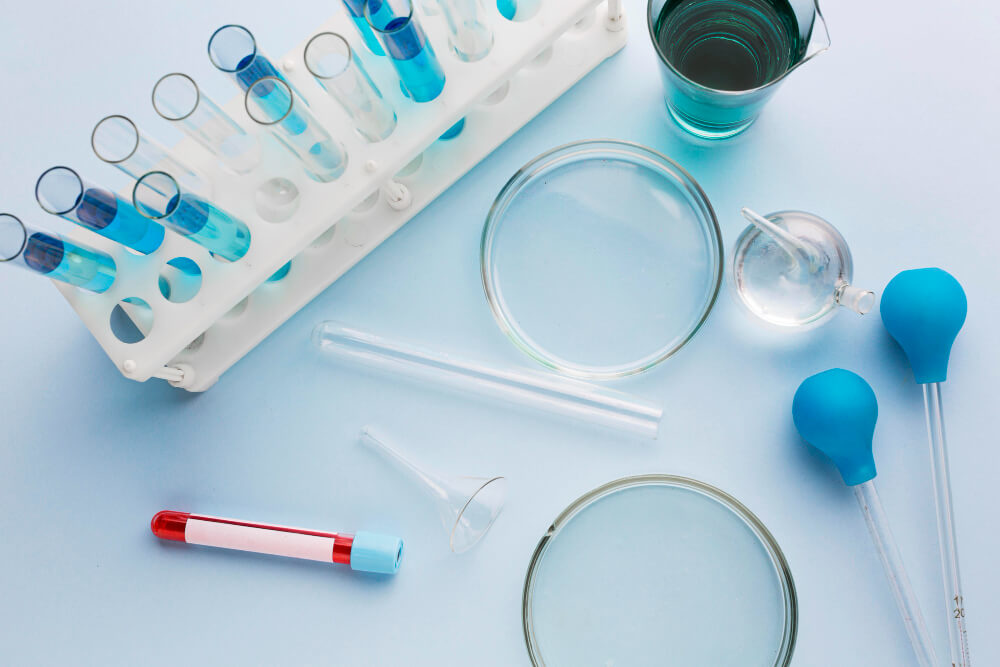
What Are Hormones and Why Do They Matter for Aging?
Think of your body as a symphony orchestra. Your hormones are the conductors, ensuring every section plays in time and in harmony. When the conductors are strong and their signals are clear, the music is beautiful. When they become fatigued or their signals get crossed, the result is discord.
In youth, our hormonal symphony is typically robust. Testosterone and growth hormone support muscle and bone, insulin effectively manages blood sugar, and cortisol helps us respond to stress appropriately. This balance fosters energy, resilience, and a lean physique.
As we move past our thirties and forties, the production of key anabolic, or building, hormones like testosterone, estrogen, and DHEA naturally begins to wane. This isn’t a simple failure; it’s a programmed biological shift. The consequences, however, can feel like a slow-motion breakdown.
We may notice it’s harder to maintain muscle, easier to gain fat around the midsection, and our energy levels just aren’t what they used to be. Our sleep might suffer, our mood can become less stable, and recovery from exercise takes longer. These are not just random signs of aging; they are direct reflections of a changing hormonal landscape.

How Does Exercise Influence Your Hormonal Health?
While we can’t stop the clock on chronological aging, we can powerfully influence our biological age through strategic intervention. Exercise is arguably the single most effective tool we have to modulate our hormonal environment for the better. It’s a natural form of hormone optimization therapy, available to everyone.
However, not all exercise is created equal in its hormonal effects. A long, slow run creates a very different chemical cascade in the body compared to a short, intense session of weightlifting. Understanding these differences allows us to ‘train’ our hormones intentionally, pushing the right buttons to encourage a more youthful and resilient internal state.
This is about moving beyond the simple mindset of burning calories. Instead, we view each workout as a conversation with our endocrine system. We are sending signals that can either promote growth and repair or, if done improperly, exacerbate stress and breakdown. The goal is to create a net positive hormonal response that compounds over time.

Can Strength Training Reverse Hormonal Decline?
Resistance training is the cornerstone of any effective hormone training program for longevity. Lifting heavy things places a specific type of stress on the musculoskeletal system, which in turn signals the endocrine system to release a powerful cocktail of anabolic hormones.
Primarily, this includes Human Growth Hormone (HGH) and testosterone. HGH is crucial for cellular repair, helping to maintain all bodily tissues, from skin and bones to muscle. Testosterone, while often associated with men, is vital for both sexes for maintaining muscle mass, bone density, and libido.
When you perform multi-joint compound exercises like squats, deadlifts, and overhead presses with challenging weight, you create microscopic tears in your muscle fibers. The hormonal surge that follows is the body’s response, initiating a powerful repair and rebuilding process. This not only makes the muscle stronger but also helps counteract the age-related decline of these vital hormones.
This process is fundamental for combating sarcopenia, the age-related loss of muscle mass, which is a primary predictor of disability and mortality in older adults. By consistently signaling your body to build and maintain muscle, you are directly investing in a longer, more functional life. This is a key principle behind using exercise for hormonal balance and is a non-negotiable part of a longevity lifestyle.

What is the Role of Cardiovascular Exercise?
While strength training builds, cardiovascular exercise cleanses and balances. Its hormonal benefits are different but equally important. One of the most well-known effects of aerobic exercise is the release of endorphins, the brain’s natural mood elevators and painkillers.
Beyond the ‘runner’s high’, cardio plays a critical role in managing two of our most important hormones: insulin and cortisol. Regular moderate-intensity cardio, like brisk walking or cycling, improves the sensitivity of your cells to insulin. This means your body needs to produce less insulin to manage blood sugar, reducing the risk of insulin resistance, a key driver of metabolic disease and accelerated aging.
Furthermore, consistent physical activity is one of the best ways to manage chronic stress. It helps the body become more efficient at clearing stress hormones from the bloodstream. Engaging in regular cardio can help reduce stress hormones like adrenaline and cortisol, leading to lower baseline levels of stress, improved sleep, and reduced inflammation over time.

Which Key Hormones Should You Focus on for Longevity?
While hundreds of hormones interact within the body, a few key players have an outsized impact on the aging process. Understanding their roles allows you to tailor your training, nutrition, and lifestyle to support them specifically.

Why Is Cortisol a Double-Edged Sword?
Cortisol often gets a bad reputation as the ‘stress hormone’, but its role is more nuanced. In the short term, it’s absolutely essential for survival. When you face a threat, a spike in cortisol liberates glucose for energy, increases alertness, and primes your body for action.
The problem arises when stress becomes chronic, not acute. The relentless pressures of modern life, poor sleep, and even overtraining can lead to chronically elevated cortisol levels. Cortisol is your body’s main stress hormone, and when it’s always high, it becomes catabolic, meaning it breaks the body down.
Chronically high cortisol can lead to increased abdominal fat storage, insulin resistance, suppressed immune function, and the breakdown of precious muscle tissue. It essentially puts your body in a constant state of emergency, accelerating the aging process at a cellular level. Managing cortisol through smart training, adequate rest, and stress-reduction practices like meditation is paramount for longevity.

How Do Insulin and Glucagon Regulate Your Energy?
Insulin and glucagon are the yin and yang of blood sugar management. After a meal, your pancreas releases insulin to shuttle glucose from your bloodstream into your cells for energy or storage. Glucagon has the opposite effect, releasing stored glucose when your blood sugar gets too low.
For most of human history, this system worked perfectly. Today, a diet high in processed carbohydrates and sugar keeps insulin on constant overtime. Over time, cells can become ‘deaf’ to insulin’s signal, a condition known as insulin resistance.
When cells are resistant, the pancreas has to pump out even more insulin to do the job. This high-insulin state promotes fat storage, increases inflammation, and is a precursor to type 2 diabetes and other chronic diseases. Improving insulin sensitivity through a whole-foods diet and regular exercise, particularly strength training, is one of the most impactful things you can do for your long-term health.
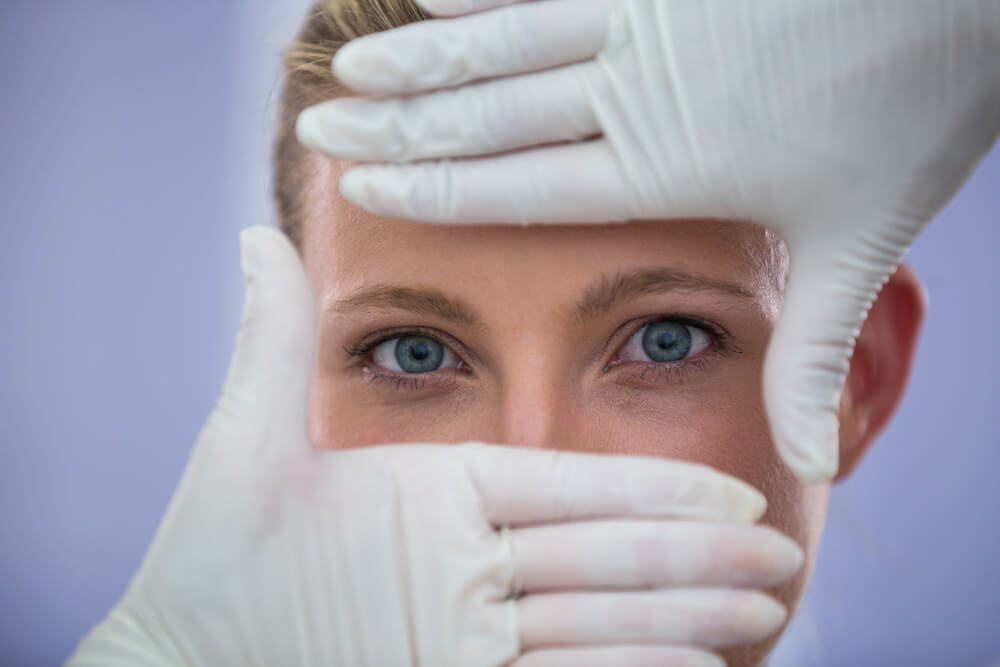
What About Growth Hormone and Testosterone?
Human Growth Hormone (HGH) and testosterone are the primary architects of a strong, lean, and resilient body. HGH, released in pulses primarily during deep sleep and intense exercise, is the master repair hormone. It helps maintain muscle mass, supports bone density, and keeps skin youthful.
Testosterone works in concert with HGH, driving muscle protein synthesis, boosting energy and motivation, and supporting cognitive function. While its decline is more pronounced in men, women also experience a significant drop that impacts their vitality and body composition.
The good news is that we can naturally stimulate the production of both. High-intensity interval training (HIIT) and heavy resistance training are potent stimulators of HGH release. Consistently lifting heavy weights sends a clear signal to the body that more testosterone is needed to support muscle maintenance and growth. Different types of exercise create different hormonal responses, and understanding how to trigger these anabolic hormones is a key part of training for longevity.
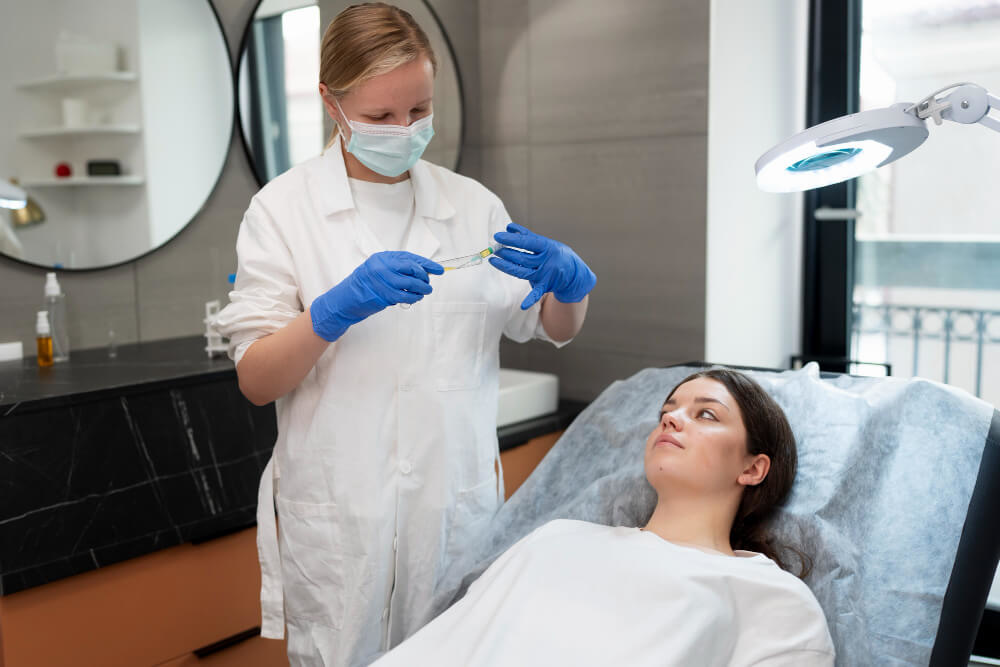
Are Thyroid Hormones the Master of Your Metabolism?
Your thyroid gland, located in your neck, produces hormones that set the metabolic rate for every single cell in your body. Think of it as the engine’s idle speed. When thyroid function is optimal, you have steady energy, can maintain a healthy weight, and have a normal body temperature.
As we age, thyroid function can become sluggish, a condition known as hypothyroidism. Its symptoms, such as fatigue, weight gain, brain fog, and hair loss, are often mistaken for normal signs of aging. Chronic stress, nutrient deficiencies, and inflammation can all impair proper thyroid hormone production and conversion.
Supporting your thyroid involves managing stress to lower cortisol, ensuring adequate intake of key nutrients like iodine and selenium, and engaging in regular exercise that doesn’t overly tax the system. A healthy thyroid is fundamental to feeling energetic and vibrant as you get older.

How Can You Get a Clear Picture of Your Hormonal Status?
While you can infer a lot about your hormones from your symptoms and lifestyle, truly personalized optimization requires data. Standard blood tests can provide a snapshot of your hormone levels, but they often miss the bigger picture.
A single blood draw only shows what’s happening in that one moment. Hormone levels fluctuate dramatically throughout the day and in response to meals, stress, and activity. Furthermore, a standard test doesn’t show how your body is metabolizing or breaking down hormones, which is just as important as how much you are producing.
This is why advanced functional testing has become a game-changer in longevity medicine. Comprehensive panels can measure not just the parent hormones but also their downstream metabolites. This provides a much more detailed view of your hormonal pathways, revealing imbalances and inefficiencies that a standard test would miss. For practitioners and patients alike, learning about interpreting advanced hormone panels for longevity is a critical step toward creating a truly customized and effective health strategy.

How Do You Apply Hormone Training Principles to Your Life?
Knowledge is only powerful when applied. Translating these principles into a weekly routine is the key to unlocking their benefits. The goal is balance: stimulating anabolic hormones while effectively managing catabolic ones.
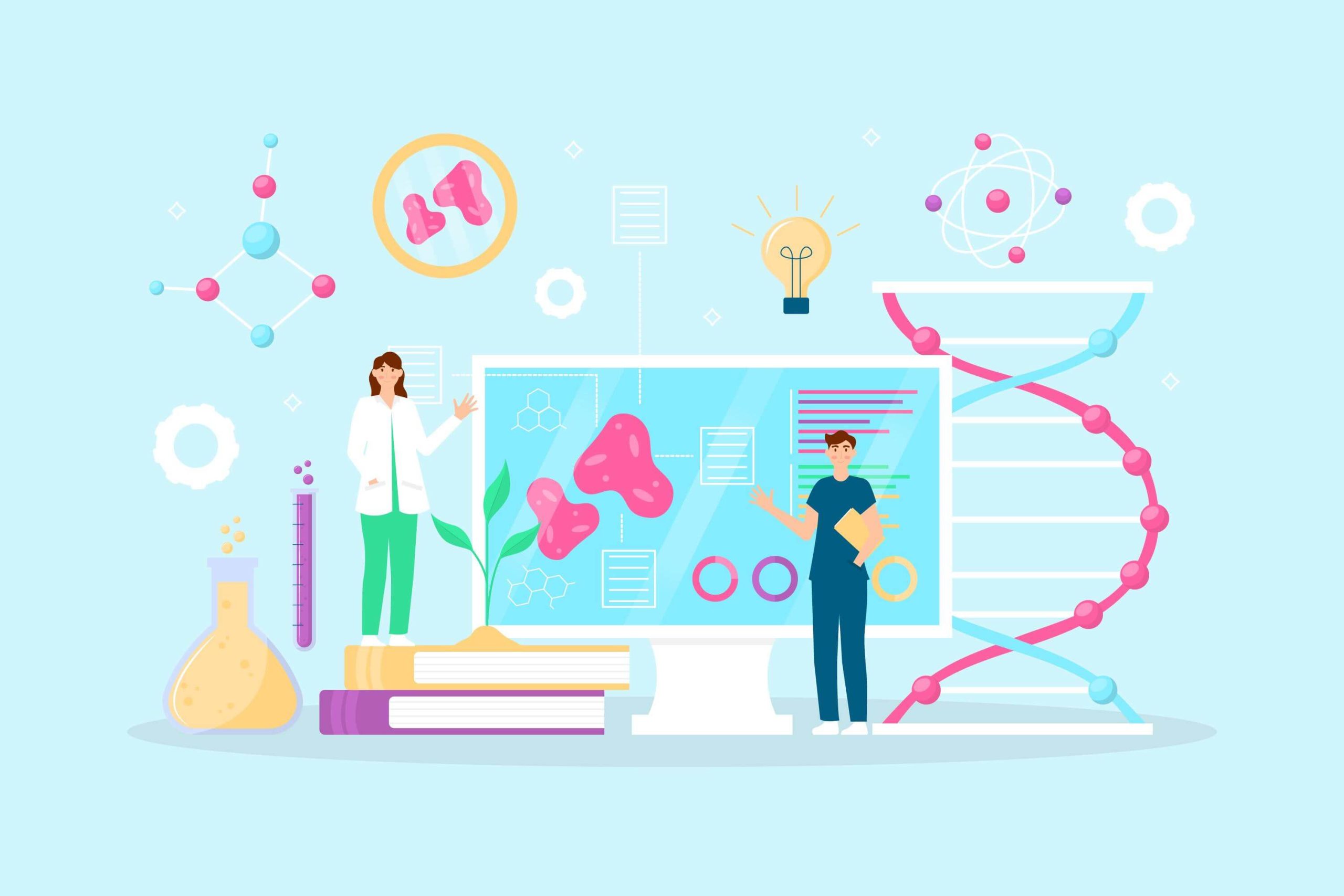
What Does a Longevity-Focused Training Week Look Like?
A well-rounded weekly schedule should incorporate different stimuli to create a diverse and beneficial hormonal response. It’s not about spending hours in the gym every day; it’s about quality and intention.
A sample week might include two to three days of full-body strength training, focusing on compound movements with challenging weights. These are your primary HGH and testosterone-boosting days. Interspersed with these could be one or two sessions of high-intensity interval training (HIIT) for a potent metabolic and HGH stimulus.
To balance the intensity, you should also include two to three sessions of low-intensity steady-state (LISS) cardio, like a 45-minute brisk walk or easy bike ride. These sessions are excellent for improving insulin sensitivity, managing cortisol, and promoting active recovery. Finally, dedicating at least one day to full rest or gentle activity like stretching is crucial for allowing the body to repair and adapt.

Why Are Sleep and Stress Management Non-Negotiable?
You can have the perfect training and nutrition plan, but it will all be undermined by poor sleep and chronic stress. Deep sleep is when your body does most of its repair work, driven by a significant release of HGH. Skimping on sleep robs you of this critical recovery window and simultaneously raises next-day cortisol levels.
Similarly, unmanaged psychological stress keeps cortisol chronically elevated, putting you in a catabolic state that counteracts the muscle-building effects of your workouts. Incorporating daily stress-management practices, whether it’s a 10-minute meditation, deep breathing exercises, or spending time in nature, is as important as any gym session.

How Does Nutrition Support Your Hormones?
Your diet provides the raw materials your body needs to produce hormones and recover from training. Adequate protein intake is essential for muscle protein synthesis, the process stimulated by your workouts. Healthy fats are the literal building blocks of steroid hormones like testosterone and estrogen.
A diet rich in fiber from vegetables and fruits supports a healthy gut microbiome, which plays a role in estrogen metabolism. Finally, minimizing processed foods and sugar is the most direct way to control insulin release and improve your metabolic health. Nutrition and training are two sides of the same longevity coin.

What is the Future of Hormonal Health and Longevity?
The entire field of medicine is undergoing a profound transformation. For decades, the focus has been on diagnosing and treating diseases after they appear. Now, we are seeing a powerful paradigm shift. The future of medicine is shifting from treatment to prevention, with an emphasis on identifying and correcting imbalances long before they manifest as pathology.
Hormone optimization is at the very heart of this new approach. It represents a move toward personalized, proactive healthcare where we use advanced diagnostics and targeted lifestyle interventions to maintain youthful function for as long as possible. It’s about building resilience from the inside out.
This evolution requires a new level of partnership between individuals and their healthcare providers. It demands that practitioners become educators, empowering their clients with a deeper understanding of their own biology. Mastering how to communicate the role of hormones in aging is becoming an essential skill for any health professional dedicated to true wellness and longevity.
By embracing the principles of hormone training, we can all become active participants in our own health journey. We can move from being passive passengers of time to being the skilled conductors of our own biological symphony, creating a life filled not just with more years, but with more vibrant, functional, and joyful life in those years.
Frequently Asked Questions

Should I start senolytics before or during hormone therapy for the best results?
Current protocols often suggest using senolytics as a preparatory step before beginning hormone therapy. The rationale is to first clear out dysfunctional senescent cells, which can create a more receptive and healthier cellular environment. This "clearing the ground" approach may enhance the effectiveness of subsequent hormone therapy by improving tissue responsiveness and reducing background inflammation.
However, the ideal timing can depend on your specific health profile and goals, and some approaches may involve using them concurrently. A common strategy is to complete a short cycle of senolytics before initiating HT and then continue with periodic senolytic treatments every few months. Ultimately, this decision should be made in consultation with a knowledgeable healthcare provider who can tailor a protocol to your individual needs.

Are there unique risks or side effects when combining senolytics with hormone therapy?
While both interventions have their own safety profiles, combining them requires careful medical supervision to manage the body’s physiological load. A primary consideration is that clearing a large number of senescent cells can temporarily increase inflammation and place stress on the body’s detoxification pathways. Introducing hormone therapy at the same time could potentially amplify this stress if not managed correctly.
For this reason, a staggered or pulsed dosing schedule is often recommended to mitigate potential adverse effects. Your physician will likely monitor key biomarkers, such as liver enzymes and inflammatory markers, more closely than they would for a single therapy. Open communication about any new symptoms is crucial to ensure the protocol remains both safe and effective.
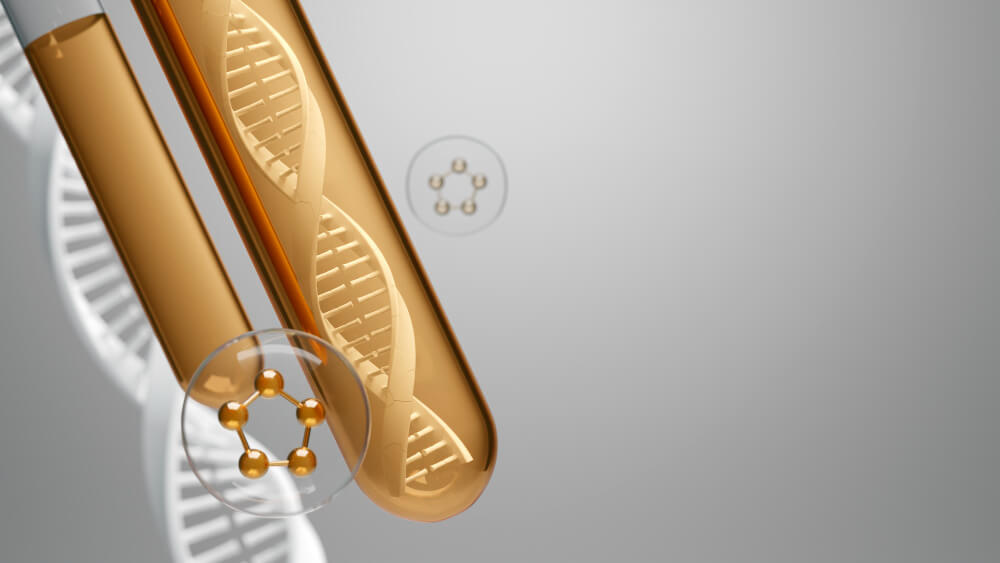
How does this combined approach specifically improve outcomes for age-related conditions?
This synergistic therapy targets aging from two distinct yet complementary angles, leading to enhanced results. Senolytics work by removing damaged, pro-inflammatory cells, while hormone therapy restores the crucial signaling molecules that direct healthy cellular repair and function. This dual-action approach can produce more significant improvements in skin quality, bone density, and metabolic health than either treatment could achieve on its own.
For example, in skin rejuvenation, senolytics can eliminate aged fibroblasts, after which restored estrogen from HT can more effectively stimulate new collagen production in the healthier tissue. Similarly, this combination may offer greater support for cognitive function by simultaneously reducing neuroinflammation and promoting the survival of neurons. The goal is to move beyond slowing aging and actively improve the functional capacity of aged tissues.
Are you a healthcare professional, medic, or clinic owner ready to lead the charge in this new era of proactive health? The time has come to move beyond outdated models and master the protocols that deliver transformative results for your patients. Discover the most comprehensive functional medicine training, longevity training, and biohacking certification programs designed specifically for you. Master regenerative medicine protocols and anti-aging therapies with Talking Longevity and become a true pioneer in the future of medicine.

